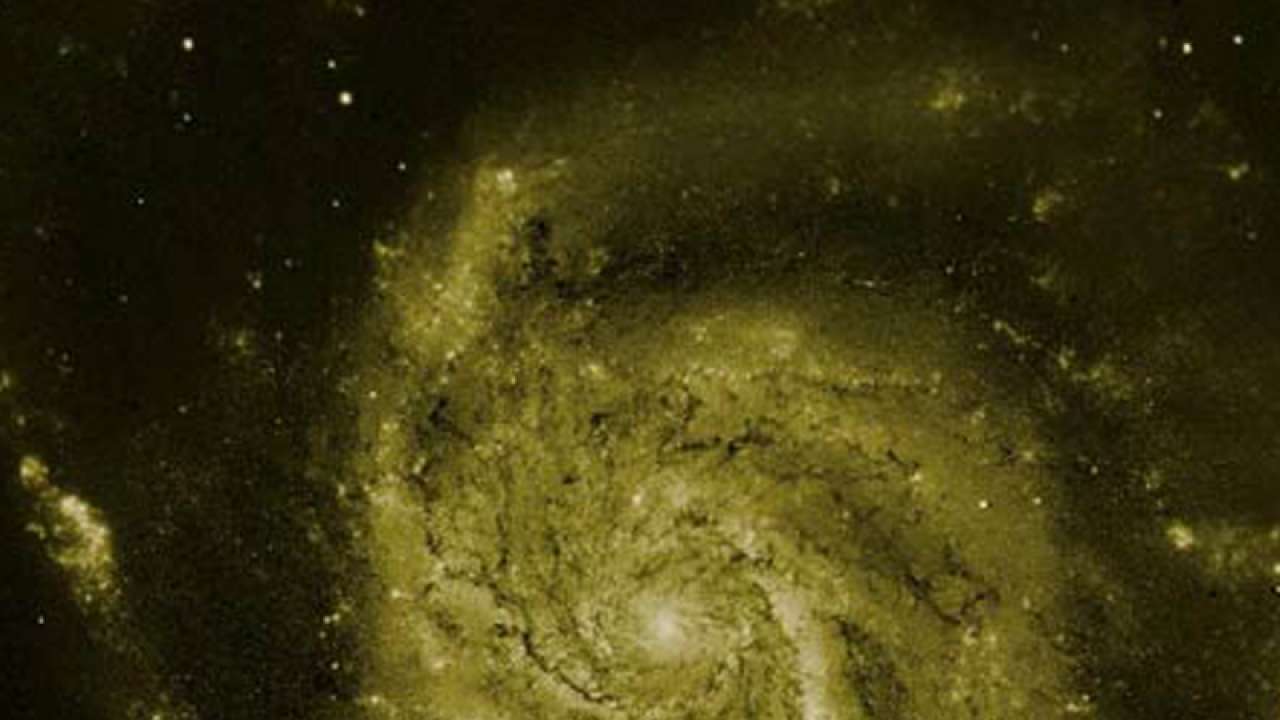
Supernova brimming with freshly formed dust may help explain early galaxy formation
- Select a language for the TTS:
- UK English Female
- UK English Male
- US English Female
- US English Male
- Australian Female
- Australian Male
- Language selected: (auto detect) - EN
Play all audios:
Researchers using Atacama Large Millimeter/submillimeter Array (ALMA) telescope have found a recent supernova that is brimming with freshly formed dust. Galaxies can be remarkably dusty
places and supernovae are thought to be a primary source of that dust, especially in the early universe. But direct evidence of a supernova’s dust-making capabilities has been slim, until
now. Remy Indebetouw, an astronomer at the National Radio Astronomy Observatory (NRAO) and the University of Virginia, both in Charlottesville, USA, said that they have found a remarkably
large dust mass concentrated in the central part of the ejecta from a relatively young and nearby supernova, asserting that this is the first time they’ve been able to really image where the
dust has formed, which is important in understanding the galaxy’s evolution. An international team of astronomers used ALMA to observe the glowing remains of Supernova 1987A, which is in
the Large Magellanic Cloud, a dwarf galaxy orbiting the Milky Way about 160,000 light-years from Earth. Astronomers predicted that as the gas cooled after the explosion, large amounts of
dust would form as atoms of oxygen, carbon, and silicon bonded together in the cold central regions of the remnant. With ALMA’s unprecedented resolution and sensitivity, the research team
was able to image the far more abundant cold dust, which glows brightly in millimeter and submillimeter light. The astronomers estimate that the remnant now contains about 25 % the mass of
the Sun in newly formed dust.